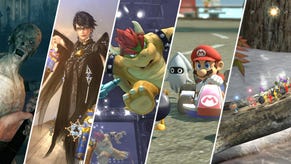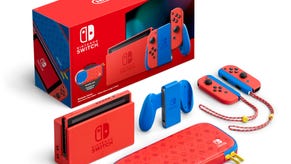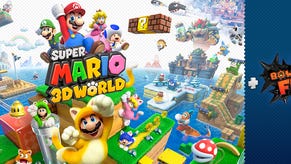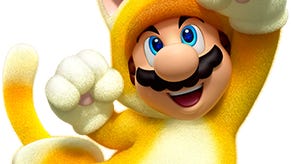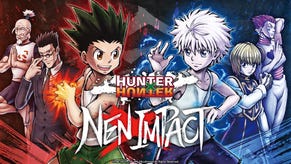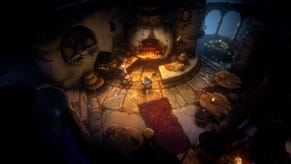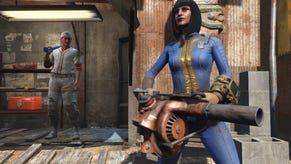Miyamoto discusses the role of females in game narratives
Shigeru Miyamoto might have made Princess Peach the damsel in distress when he conceptualised Super Mario Bros. back in the '80s, but he's not adverse to putting females front and centre, if it makes sense in a narrative light. The industry veteran has shared his thoughts on the matter in a new interview.
Speaking with Kotaku, Miyamoto shed light on his first damsel in distress, Pauline, as first seen in the arcade edition of Donkey Kong, "back in the days when we made the first Donkey Kong, that was a game we first made for the arcades, the arcades were not places girls went into often. And so we didn't even consider making a character that would be playable for girls."
The article recognises that Super Mario Bros. 2 featured Peach as a playable character, along with Metroid hero Samus being something of a champion among female protagonists. The princess now appears in Wii U platformer Super Mario 3D World, and Miyamoto explained Nintendo's approach to female players and stars over the years.
"But typically with the DS era, what we found is, you know, gradually, more and more women began playing games—both young girls and adult women, playing games like Professor Layton and Animal Crossing, so more and more ... and even as far back as Mario Kart, we had females who wanted to be able to play as female characters and we obviously saw the addition of Princess Peach early on in that series.
"And gradually, over time, we started to see the desire for other-balanced female characters. And so we've added heavier female characters in the Mario Kart series for them to choose from. So I think it's just a natural tendency."
Miyamoto then stressed that if it makes narrative sense to make a female or gay character the hero, then he'd be fine with it. "I guess, for me in particular, the structure of the gameplay always comes before the story," he explained. "And so we're always looking at, when we're putting that together, what is the most natural story to take place within that structure.
"Pikmin is a good example of that. In Pikmin, the original structure of the gameplay was centered on all these individual little creatures moving around like ants. As a result of that, the world that you're in is kind of earthy and natural settings and the creatures you're fighting seems sort of like insects, because that's what the gameplay centers on.
"So, if we end up creating a gameplay structure where it makes sense for, whether it's a female to go rescue a male or a gay man to rescue a lesbian woman or a lesbian woman to rescue a gay man, we might take that approach. For us it's less about the story and more about the structure of the gameplay and what makes sense to be presenting to the consumer."
What do you make of Miyamoto's view and the issue of gender representation in gaming today? Let us know below.
Thanks ONM.



